
Magento 2 Backend Integration: Working and Common Types
Want to integrate third-party tools smoothly into your Magento 2 store? Magento 2 backend integration connects your store with external services and applications.
In this article, we will explore the working and common Magento 2 backend integrations.
Key Takeaways
-
Integrate third-party tools with Magento 2 to enhance your store's functionality.
-
Magento 2 backend integration helps automate processes and operations.
-
Magento 2's API system connects your store to external services.
-
Magento 2’s modular system allows for easy customization and expansion.
-
Caching, indexing, and cron jobs optimize your store’s performance.
What is Magento 2 Backend Integration?
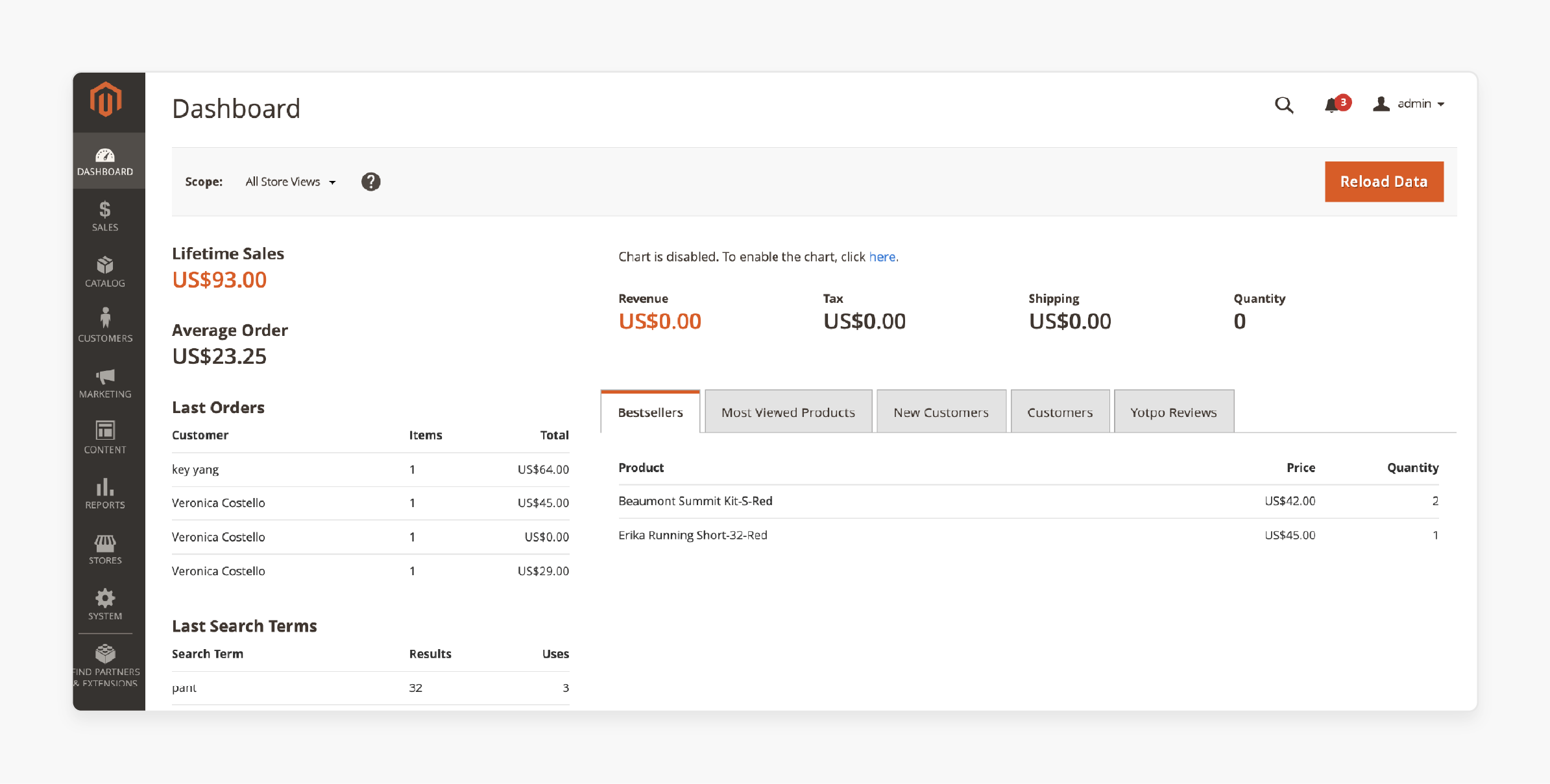
Magento 2 backend integration involves connecting the Magento 2 eCommerce platform to various external systems and tools through its admin panel.
The backend integration in Magento 2 helps automate processes and enhance store functionality. Common integrations include:
-
Shipping providers
-
ERP/CRM systems
-
Accounting software
-
Marketing tools
Syncing Magento 2 with these systems helps businesses:
-
Streamline operations
-
Manage inventory
-
Track orders
-
Process payments
-
Analyze performance more efficiently
Integration is done using APIs to ensure smooth data transfer and improve accuracy. It reduces manual effort and enables better overall management of the online store.
Common Magento 2 Backend Integrations
1. Payment Gateways
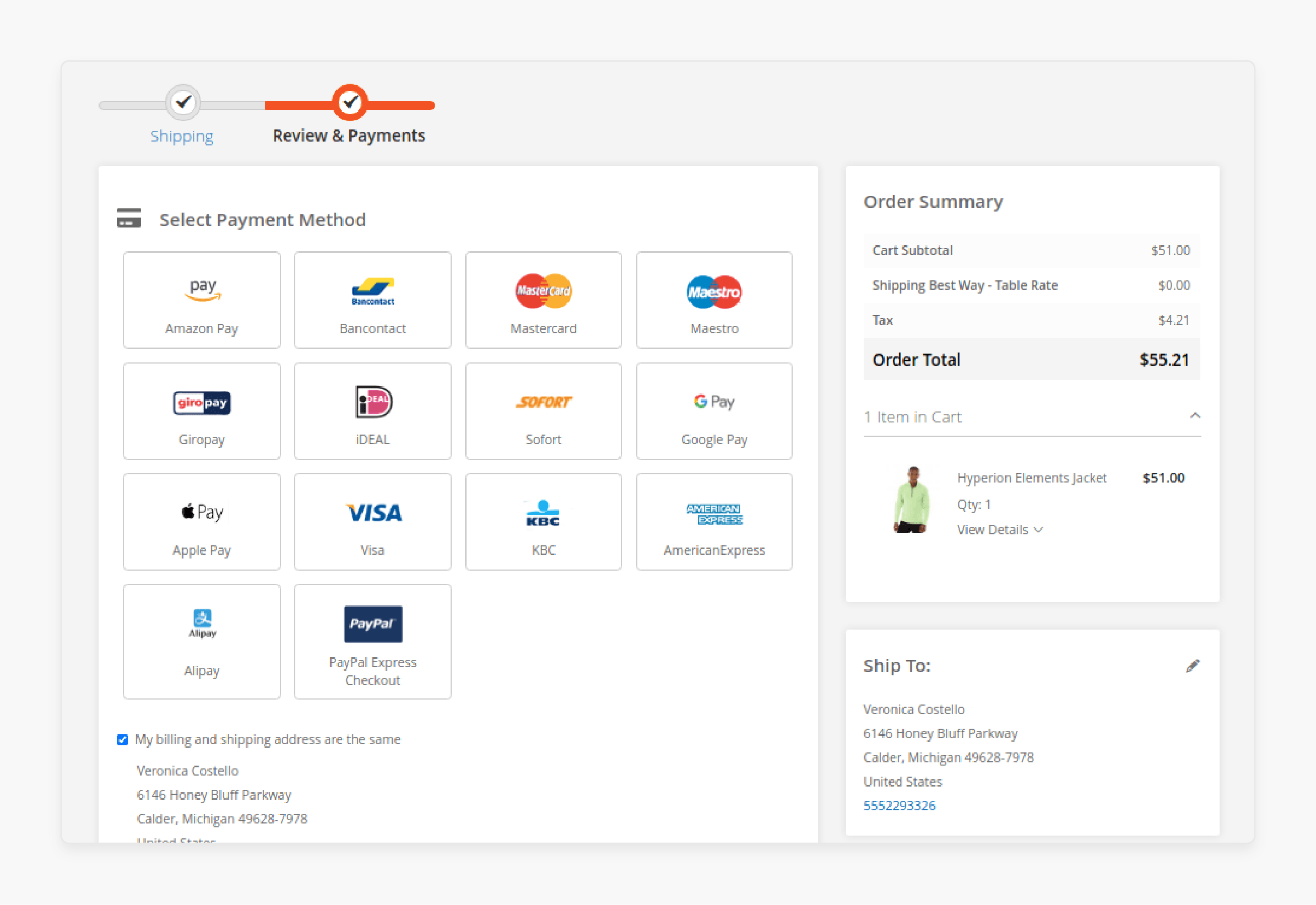
-
These integrations enable smooth, secure, and efficient payment processing directly on your Magento 2 store.
-
They support various payment methods. These include credit cards, debit cards, and digital wallets. It improves the checkout experience for customers and reduces cart abandonment.
-
The examples include:
1. PayPal
2. Stripe
3. Authorize.Net
4. Braintree
2. Shipping Providers
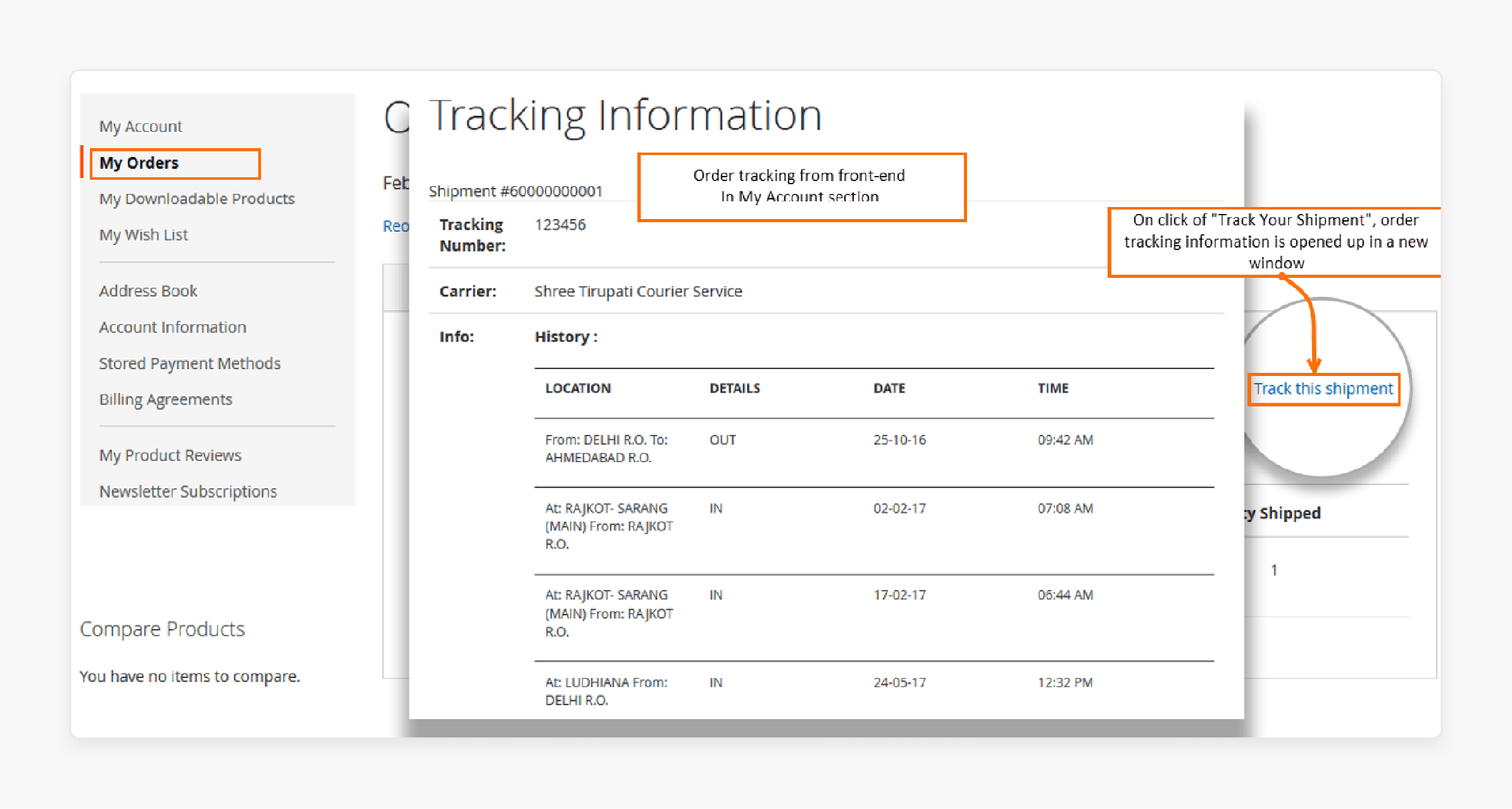
-
Integrating with shipping carriers allows for the automatic calculation of shipping rates. It is based on the:
1. Customer’s location
2. Real-time tracking updates
3. Label printing
4. Real-time shipping rates
-
It saves time and reduces errors as the entire process becomes automated.
-
Examples include UPS, FedEx, DHL, and USPS.
3. ERP (Enterprise Resource Planning) Systems
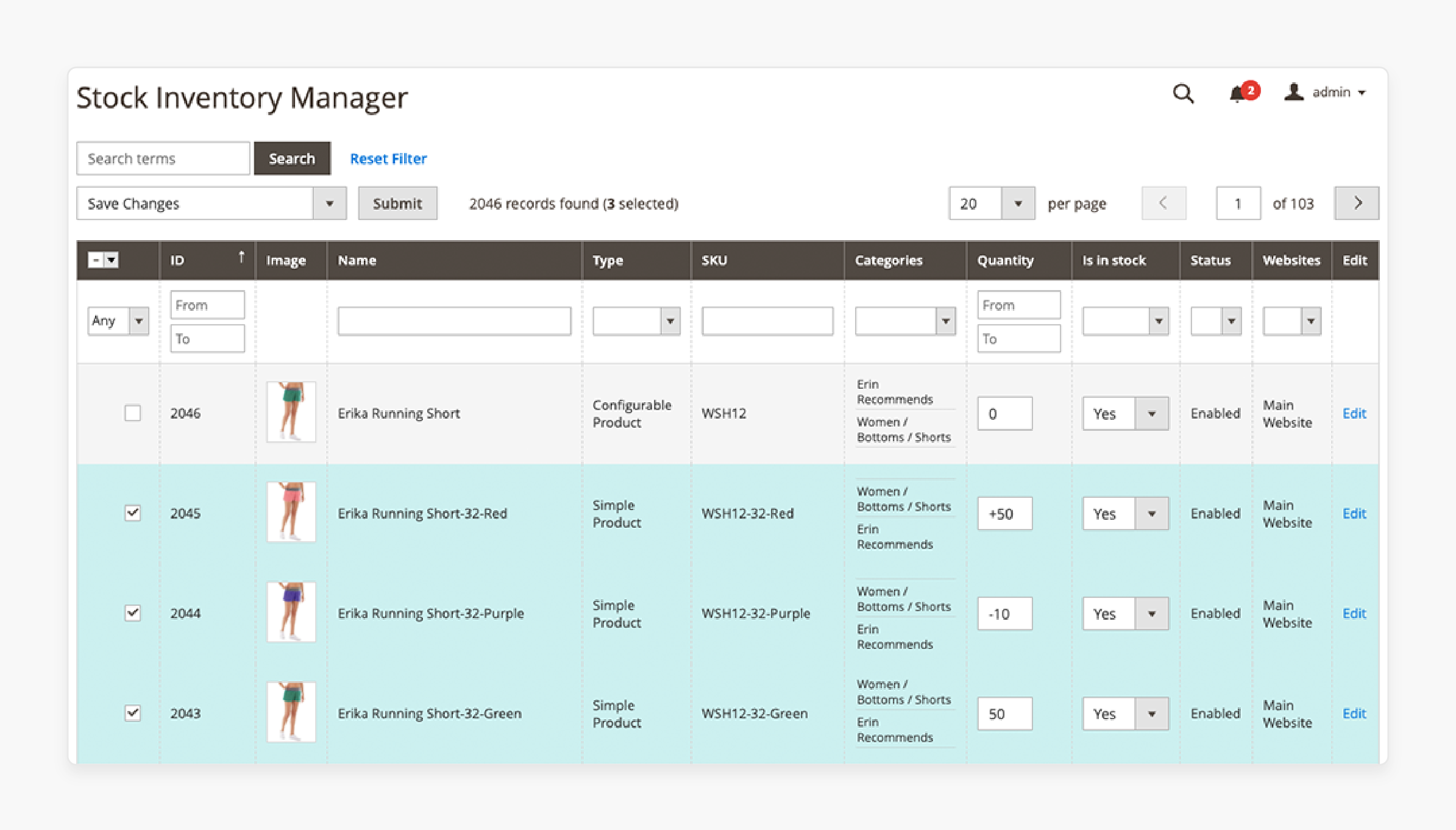
-
ERP systems are used to manage core business functions like:
1. Inventory management
2. Order processing
3. Accounting
4. Procurement
5. Business processes
-
Integrating an ERP with Magento 2 ensures that data between your online store and back-office systems remains in sync. It helps reduce manual input errors and improves operational efficiency.
-
Examples include SAP, Microsoft Dynamics, and Oracle NetSuite.
4. CRM (Customer Relationship Management) Systems
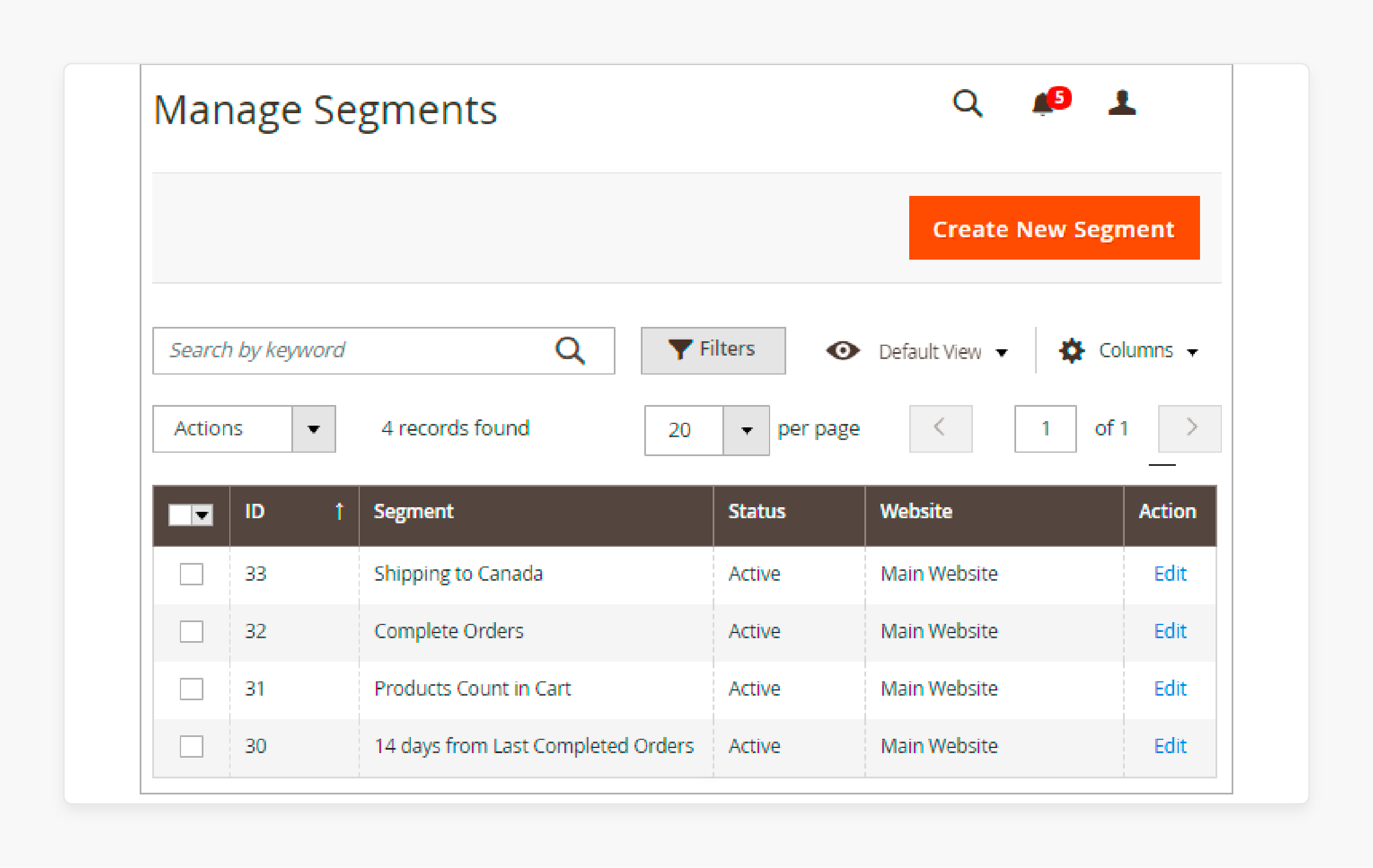
-
CRM integrations allow for better:
1. Customer segmentation
2. Personalized marketing campaigns
3. Enhanced customer service
-
These tools help businesses provide better, more targeted experiences for their customers. It is done by syncing customer data, order history, and interaction history. It can drive sales and improve loyalty.
-
Examples include Salesforce, HubSpot, and Zoho CRM.
5. Accounting Software
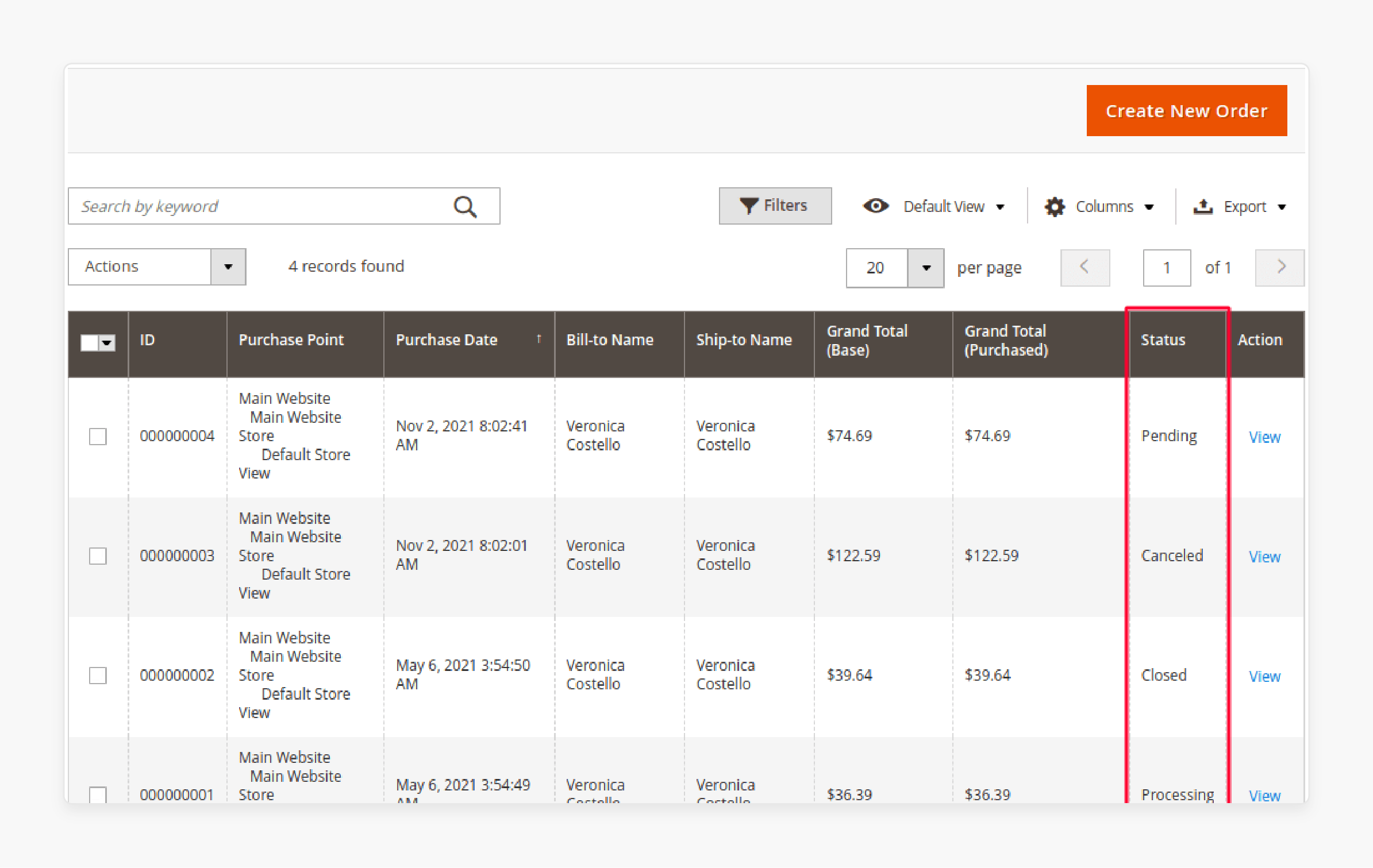
-
Integrating Magento 2 with accounting software ensures that your financial data are automatically synced and reported. These data include:
1. Orders
2. Refunds
3. Taxes
-
It minimizes manual data entry and reduces errors. It makes financial reporting and compliance more efficient.
-
Examples include QuickBooks, Xero, FreshBooks, and NetSuite.
6. Marketing Tools
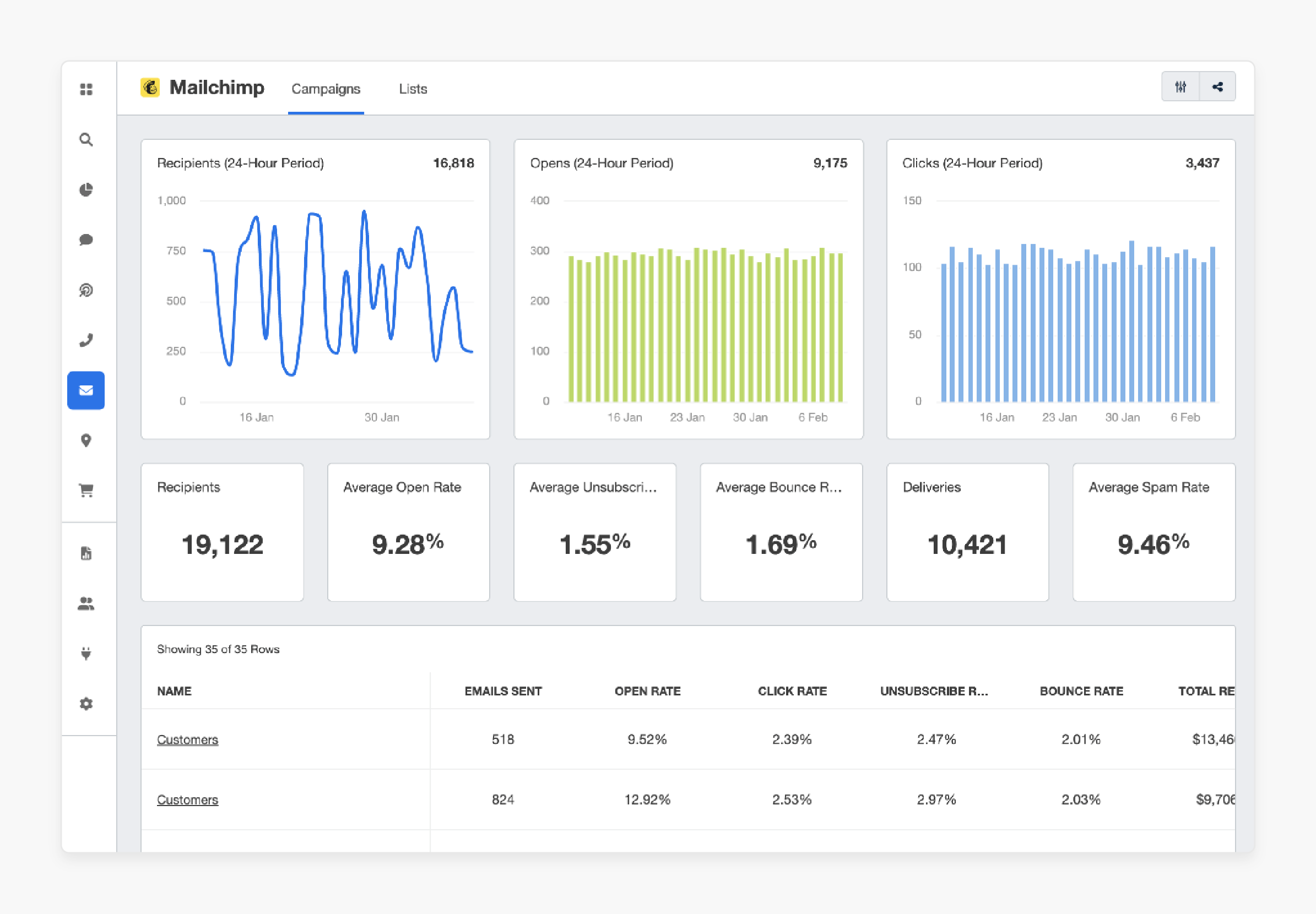
-
Marketing integrations allow for better customer engagement and data analysis.
-
For example, integrating with Mailchimp or Klaviyo can automate email campaigns based on customer behavior.
-
Google Analytics can provide valuable insights into site performance and customer behavior. It helps store owners optimize marketing efforts.
-
Examples include Mailchimp, Klaviyo, and Google Analytics.
How Magento 2 Backend Integration Works?
| Working | Explanation |
|---|---|
| 1. Admin Panel Access | The Magento 2 admin panel is the backend interface. It is where store owners, administrators, and other users manage everything from product listings to order processing. Users can access it by logging in with secure credentials. |
| 2. Database Interaction | Magento 2 stores data in a MySQL database. The admin panel retrieves and manages data from the database. These data include products, customers, orders, and settings. When a new product is added via the admin, Magento creates an entry in the database for that product. |
| 3. API Integration | Magento 2 uses REST and SOAP APIs to integrate with external services and systems. These APIs allow third-party tools to communicate with the backend. These tools include payment gateways, shipping providers, and marketing platforms. REST API is typically used for modern web services, enabling real-time integration. SOAP API is used for legacy systems or more complex integrations. |
| 4. Modules and Extensions | Magento 2 is highly modular. It means you can extend the backend functionality through modules and extensions. You might install a module for advanced product management or integrate it with accounting software. These modules are installed via Composer and add new features or functionality to the backend. |
| 5. Magento 2 Admin Workflow | Admin users can manage everything through the backend, such as: Product Management: Add, edit, and organize products. Order Management: View and manage customer orders, including status updates and shipping. Customer Management: View customer profiles, order history, and other details. Configuration: Set up payment gateways, shipping methods, and store settings. Reports and Analytics: View sales, product, and customer data. |
| 6. Cron Jobs and Scheduled Tasks | Magento 2 uses cron jobs for scheduled tasks. These include sending emails, updating stock levels, or cleaning up logs. These tasks run in the background and help automate operations. |
| 7. Security and User Permissions | Magento 2 allows the admin to set roles and permissions for different users. You can allow one user only to manage products, while another can handle customer orders or view financial reports. It is done via Role-Based Access Control (RBAC). |
| 8. Caching and Indexing | Magento 2 uses caching to improve performance. When data, such as product prices or inventory, is changed in the backend, indexing and cache clearing are triggered. The process helps ensure that the frontend always displays the most up-to-date information. It doesn’t overload the system. |
| 9. Multi-Store Setup | Magento 2 supports managing multiple stores from a single admin panel. Store owners can create different stores or websites, each with its own products, themes, and configurations. All can be managed from the same backend. |
| 10. Admin Panel Customization | Magento 2 allows backend customization through themes and extensions. The admin can have a tailored experience. You can change the layout of the dashboard or add custom reports for your specific needs. |
How to Troubleshoot Common Magento 2 Integration Issues?
1. Slow Performance After Integration
Integrating Magento 2 with third-party services can sometimes lead to slower page load times or overall system performance.
Solution:
-
Magento’s built-in caching tools, like full-page cache, can significantly improve performance. Make sure that the caching is enabled and properly configured.
-
Review custom integration code or third-party extensions for inefficient database queries. Use tools like New Relic or Xdebug to detect slow queries.
-
If the integration involves data syncing, consider using asynchronous processes rather than synchronous calls.
2. API Connectivity Issues
Magento 2's API may not communicate effectively with external systems. It leads to failures in data exchange, such as product sync or order updates.
Solution:
-
Ensure that the API resources, including tokens or keys, are correct and not expired.
-
Some third-party systems have API rate limits. Check whether your Magento integration is exceeding these limits.
-
Verify that you are using the correct endpoints for your integrations. Incorrect endpoints can lead to communication failures.
-
Enable API logging in Magento to identify issues with the API calls, error codes, and responses.
3. Payment Gateway Integration Failures
Sometimes, payment gateways may not work as expected, either during checkout or after the order is placed.
Solution:
-
Double-check the payment gateway configuration in the Magento admin panel. Verify that all API credentials and settings are correct.
-
Ensure that the payment gateway module is up-to-date with the latest version for Magento 2 compatibility.
-
Other extensions or customizations might interfere with payment gateways. Disable conflicting extensions temporarily to check if the issue is resolved.
-
Before going live, always test payments in a sandbox or staging environment. It helps ensure everything works properly.
4. Shipping Integration Problems
Magento 2 may fail to calculate shipping rates or process shipping data correctly. It is when integrated with external shipping providers.
Solution:
-
As with payment gateways, ensure your shipping provider credentials are accurate and active.
-
Magento has built-in shipping methods and rules. Ensure that your integration does not conflict with these default settings.
-
Some shipping providers require specific configurations. These include carrier API settings or custom shipping methods. Make sure these are set up correctly.
-
Enable logging or debugging in the shipping extension to capture any errors or issues with the API calls.
5. Data Synchronization Issues
When integrating Magento 2 with external systems, data synchronization may fail or cause inconsistent data between systems.
Solution:
-
Ensure that the data mapping between Magento and the external system is correct. Mismatched fields can lead to data discrepancies.
-
Large volumes of data might overwhelm real-time syncing. Consider using batch processing or scheduled jobs to sync data in intervals.
-
Magento uses cron jobs for many integrations. Make sure the cron jobs are running as expected and are properly configured in your server’s environment.
-
When troubleshooting, try syncing a smaller data set to see if the issue is related to the volume of data.
Different Types of Api Authentication in Magento 2
1. OAuth 1.0a Authentication
-
OAuth 1.0a is a standard authentication method for third-party applications. It ensures secure access to Magento 2 APIs without sharing user credentials.
-
It relies on a token-based authentication system. The API consumer needs to request access tokens from Magento, which are then used for API requests. The tokens are encrypted to protect sensitive data.
Use Cases:
-
Integrating third-party services like mobile apps or external POS systems.
-
Securely granting access to APIs without exposing passwords or credentials.
2. Bearer Token Authentication (JWT)
-
JSON Web Token (JWT) is used for stateless authentication. It is typically used in modern RESTful API integrations.
-
A user logs in, and Magento generates a JWT token. This token is then passed along with API requests in the Authorization header as a Bearer token.
-
The server validates the token for each request, ensuring the user is authorized to act.
Use Cases:
-
For creating custom integrations where stateless, secure authentication is required.
-
Ideal for REST API access, particularly in single-page applications (SPAs) or mobile apps.
3. Admin Token Authentication
-
Admin token authentication is used to provide access to the Magento 2 admin API for administrative tasks. These include:
1. Order management
2. Product creation
3. User management
-
To authenticate, the client sends their oauth credentials to Magento’s authentication endpoint.
-
If valid, Magento returns an admin token. The token is then included in the Authorization header of subsequent API requests.
Use Cases:
-
Used for server-to-server integrations or integrations requiring admin access.
-
Suitable for custom dashboards or applications that require full admin privileges.
4. Customer Token Authentication
-
Customer token authentication is used to allow authenticated customers to interact with the Magento 2 API.
-
A customer logs in via the Magento API, and Magento returns a customer-specific token.
-
The token is then included in the Authorization header as a Bearer token for subsequent API requests.
Use Cases:
-
Custom integrations for customer-facing functionality, such as order tracking or product recommendations.
-
Mobile app integration where customer-specific actions are needed.
5. API Keys (for REST API)
-
API keys are used to authenticate API requests in Magento 2. It is especially for integrations where you need to restrict access to certain endpoints.
-
The API key is generated through the Magento Admin Panel under the Web API settings.
-
The key is then sent as part of the API request. It provides a way to authenticate the API consumer without needing to share user credentials.
Use Cases:
-
Used for basic integrations where minimal authentication is needed.
-
Often used for integrations where users don’t require full access to the backend, like external systems accessing catalog or order data.
FAQs
1. How do I create a new integration in the Magento 2 backend?
To create an integration in Magento 2, go to the Magento system settings. Then, navigate to the Integration page. Enter the integration name, provide the necessary login details, and set the link.
2. How can I activate Magento 2 third-party integrations?
Go to the integration module and enable the integration from the integration page. Verify the link and complete the token exchange process. After activation, the integration login details can be sent securely to enable data syncing.
3. How do I test integration in Magento 2?
After setting up your new integration programmatically in Magento 2, use the integration page to test the connection. Ensure that the login details are correct to validate communication with external systems. The test ensures the integration is working as expected before going live.
4. What is the purpose of the identity link URL in Magento 2 integrations?
It is used during the token exchange to authenticate the integration securely. It ensures that credentials can be sent to the right endpoint for proper access control and data syncing.
Summary
Magento 2 backend integration connects the Magento 2 eCommerce platform to external systems. The article explores the common integration types, including:
-
Payment gateways support secure and seamless payment processing.
-
Shipping providers automate shipping rate calculations, tracking, and label printing.
-
ERP/CRM systems sync data for inventory, orders, and customer management.
-
Marketing & accounting tools automate financial reporting and customer engagement.
Experience smooth Magento 2 integrations and optimize your store’s performance with managed Magento hosting.






